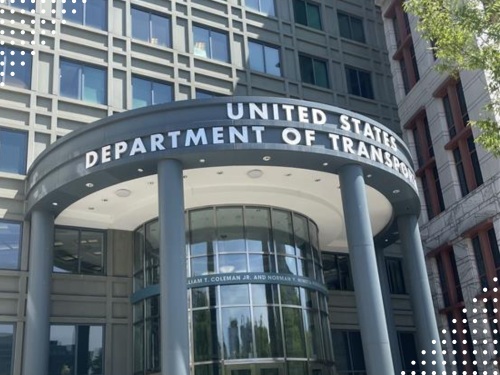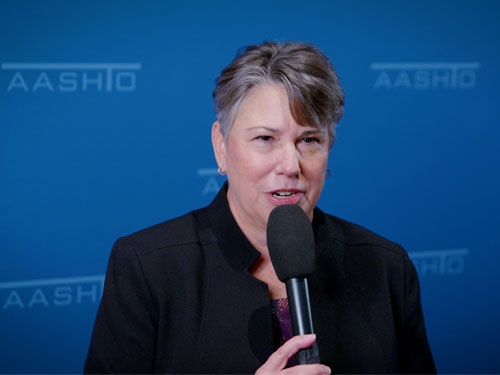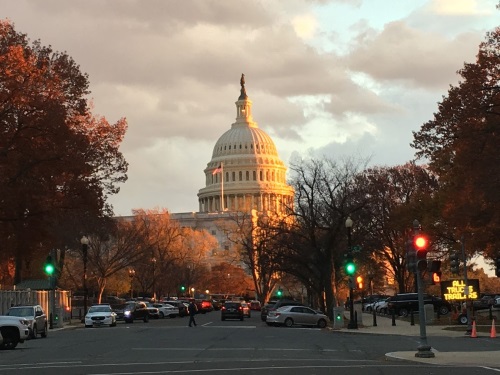A proposal by the Federal Communications Commission to eliminate the transportation-only status of 5.9 GHz wireless commission spectrum and instead reallocate a portion of it to unlicensed Wi-Fi use sparked concerns about automotive safety during a House of Representatives Committee on Energy & Commerce oversight hearing on December 5.

“I have to tell you, one of the greatest concerns when we talk to constituents about autonomous vehicles is that everyone remains concerned about safety – that is their number one issue,” said Rep. Susan Brooks, R-Ill., during the hearing. “How are we prioritizing road safety and automotive safety? How can we ensure they can be protected during re-allocation?”
FCC Chairman Ajit Pai stressed that “spectral separation” plan within a Notice of Proposed Rulemaking he expects to introduce during the agency’s December 12 meeting “would eliminate interference for automotive safety technology” if sections of the 5.9 GHz ban are opened up for unlicensed Wi-Fi use. Pai announced his intent to introduce that NPRM during a November 20 speech; an effort that quickly drew pushback from numerous transportation groups.

“In terms of automotive safety, 30 megahertz of spectrum in the 5.9 GHz band would be dedicated to this purpose, with at least 20 megahertz of that band focused on cellular vehicle to everything technology or C-V2X,” he explained in his prepared remarks. “It would use standard cellular protocols to provide direct communications between vehicles and, as the name suggests, everything; including other vehicles on the road, infrastructure – like light poles – cyclists, pedestrians, and road workers. CV2X is also expected to support new, advanced applications as we transition to faster, more responsive 5G networks.”
While Pai noted that C-V2X is incompatible with current dedicated short-range communications or DSRC-based technology being used for that purpose, he plans to give it “a fair shot to make its case” to retain dedicated spectrum.

“Despite the lack of progress thus far, we are not closing the door on DSRC,” Pai said. “Japan, for example, has a single 10-megahertz channel for DSRC that is actively used for collision avoidance around intersections. So I’m proposing that we seek public input on whether to allocate the remaining 10 MHz of spectrum in the upper part of the 5.9 GHz band for DSRC or C-V2X. Advocates of each technology will be able to make their cases.”
However, Jim Tymon, executive director of the American Association of State Highway and Transportation Officials, stressed in a recent video that the goal of reserving the entire 5.9 GHz spectrum is to fully implement connected vehicle technologies that carry the promise of reducing or eliminating human factors in traffic crashes.
Rep. Peter DeFazio, D-Ore., chair of the House Committee on Transportation & Infrastructure, echoed that point in a letter to FCC’s Pai on November 22.

“Spectrum reallocations must not risk the lives of traveling Americans and decades of investment in aviation equipment and vehicle safety technology,” he emphasized.
The Republican leaders of the House T&I committee sent their own letter to the FCC on December 4, also asking the agency maintain the 5.9 GHz spectrum specifically for transportation safety needs.
“Ensuring that this spectrum remains devoted to developing transportation technologies will be instrumental to preventing accidents and reducing congestion throughout the nation’s vast road network for years to come,” noted Rep. Sam Graves, R-Mo., the T&I committee’s ranking member, and Rep. Rodney Davis, R-Ill., the ranking member on the T&I’s highway and transit subcommittee, in their joint letter.

“States, localities, and many stakeholders continue to employ and develop additional uses for this critical spectrum, and this proposal by the FCC would be a tremendous setback to our national efforts to utilize technology to improve infrastructure and safety,” they said.
Back in August, the leaders of all 50 state departments of transportation, the District of Columbia and Puerto Rico signed a letter urging the FCC to “continue our nation’s commitment to improving transportation safety” by reserving the 5.9 GHz wireless spectrum for transportation-only usage.
 Top Stories
Top Stories
USDOT Makes $1.5B Worth of BUILD Grants Available
December 19, 2025 Top Stories
Top Stories

